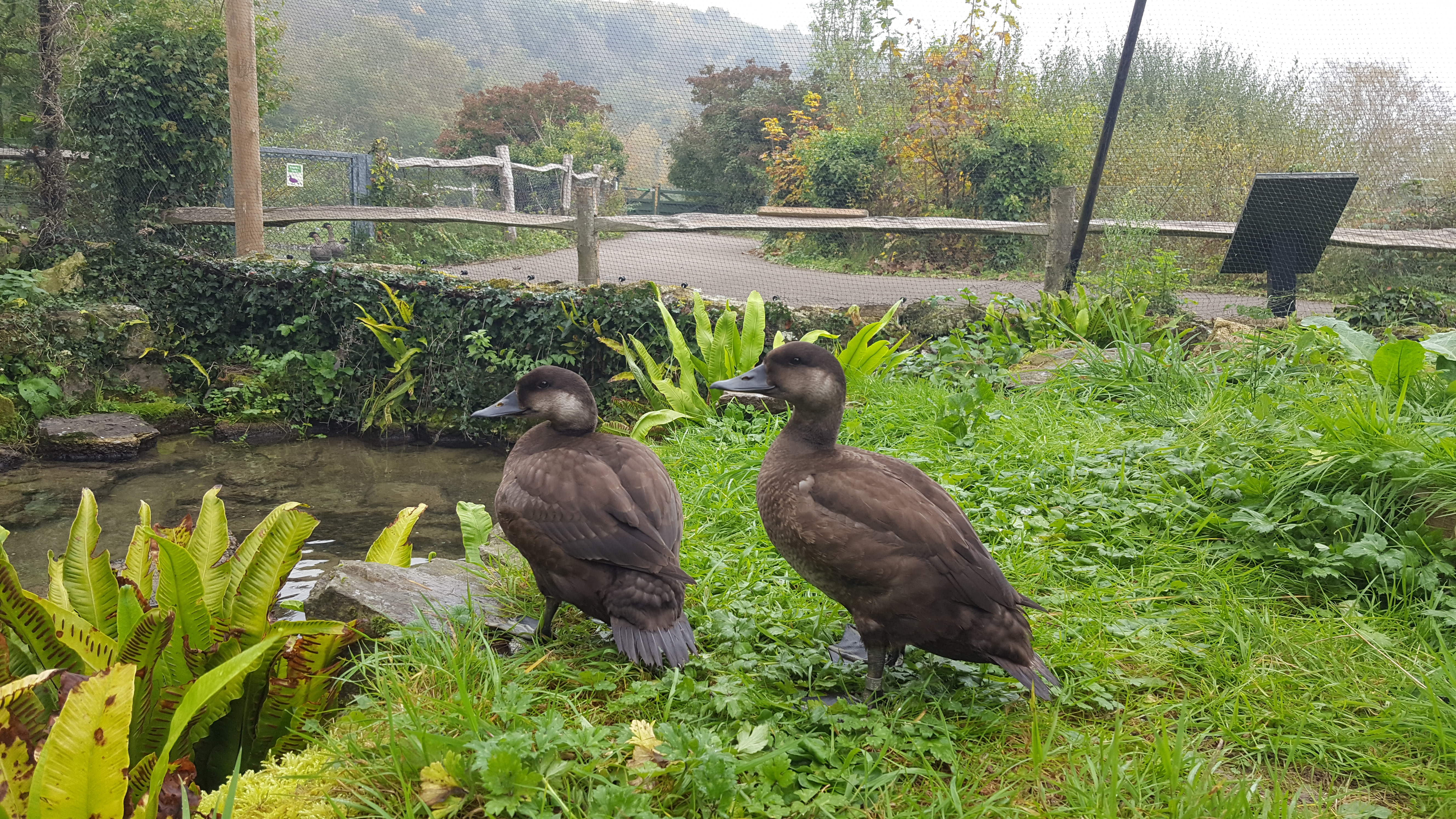Common scoters at the Slimbridge Duckery 2016.
If you've not been watching our Slimbridge Wildwatch programme then I'm thrilled to announce that in 2016 we have reared a healthy pair of common scoter ducklings from eggs delivered to us by our Arundel centre.
Arundel send us their desirable eggs for rearing due to the incompatibility of their facilities. Over many years of experimental egg transfer, we have found that scoter eggs definitely travel best when fresh, and so it was my job to fresh-set these little beauties in our incubators upon arrival. In recent years we have been using Rcom20 forced air incubators to fresh set our eggs, and these have proved a very reliable start for numerous valued eggs within WWT.
The egg below bears the marks of early stage management where staff have turned the eggs in order to keep the egg viable before incubation began. Within the egg itself however is that glorious little splodge that we're all looking out for; life!
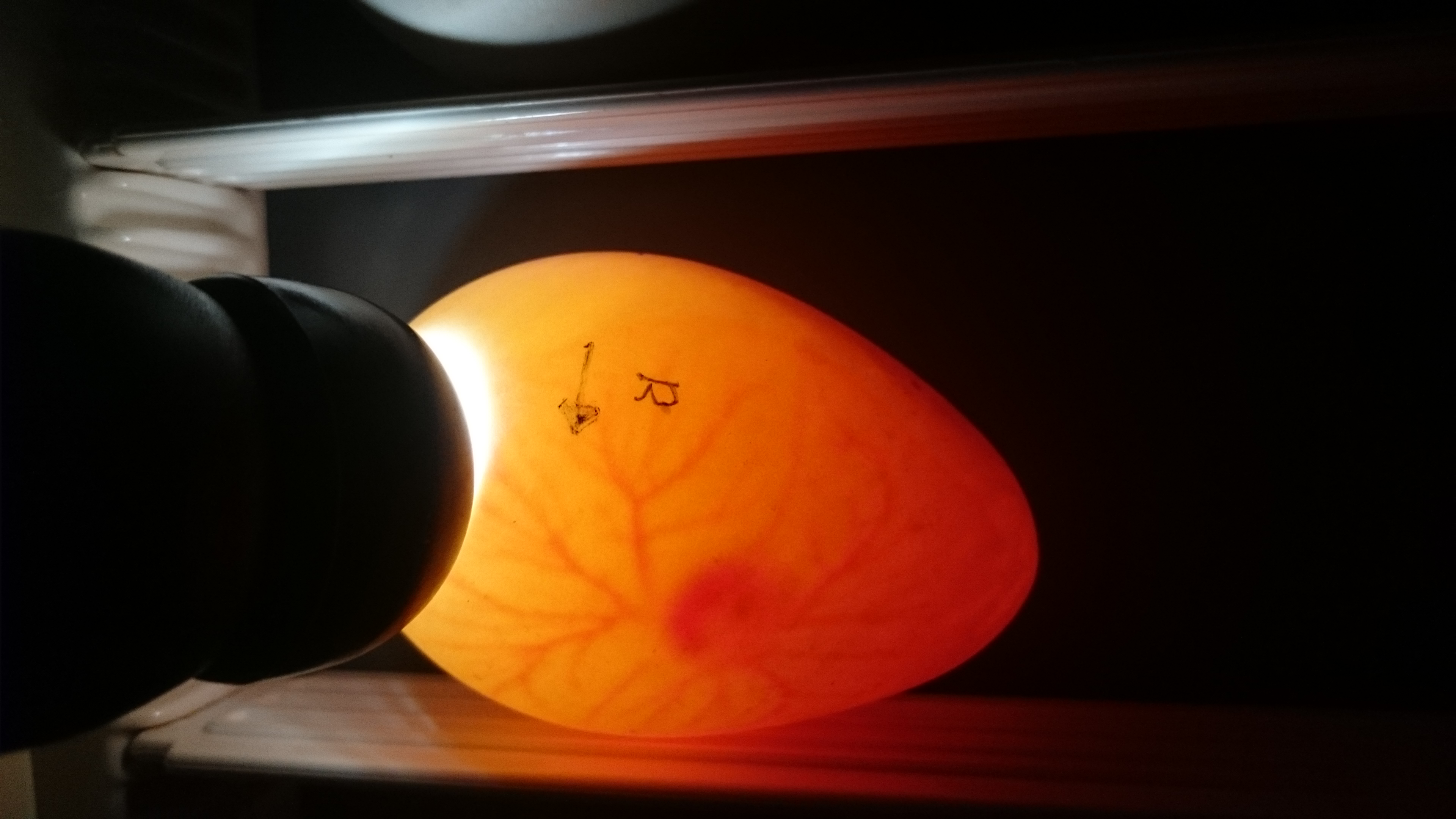
No egg is reliably similar to any other, even within the same clutch, and so as incubation continued we began to see one of the 2 fertile eggs behaving differently to the other. As they began to hatch the 2nd egg began to lag behind the 1st. The 1st scoter hatched out like a whirlwind, perfectly fluffy and alert. The second however was struggling with mobility and so whilst the yolk sack had been absorbed, the vent was still distended. By the time it did naturally hatch, we just kept its bottom taped inside the egg shell for another hour to stop the delicate skin from getting bashed by its sibling or the materials of the hatcher. The first scoter was kept with its sibling the whole time, and thought all of this human stuff was rather entertaining. As a result the 2 birds were relatively habituated with hands from a very early age and this really helped us to get them eating!
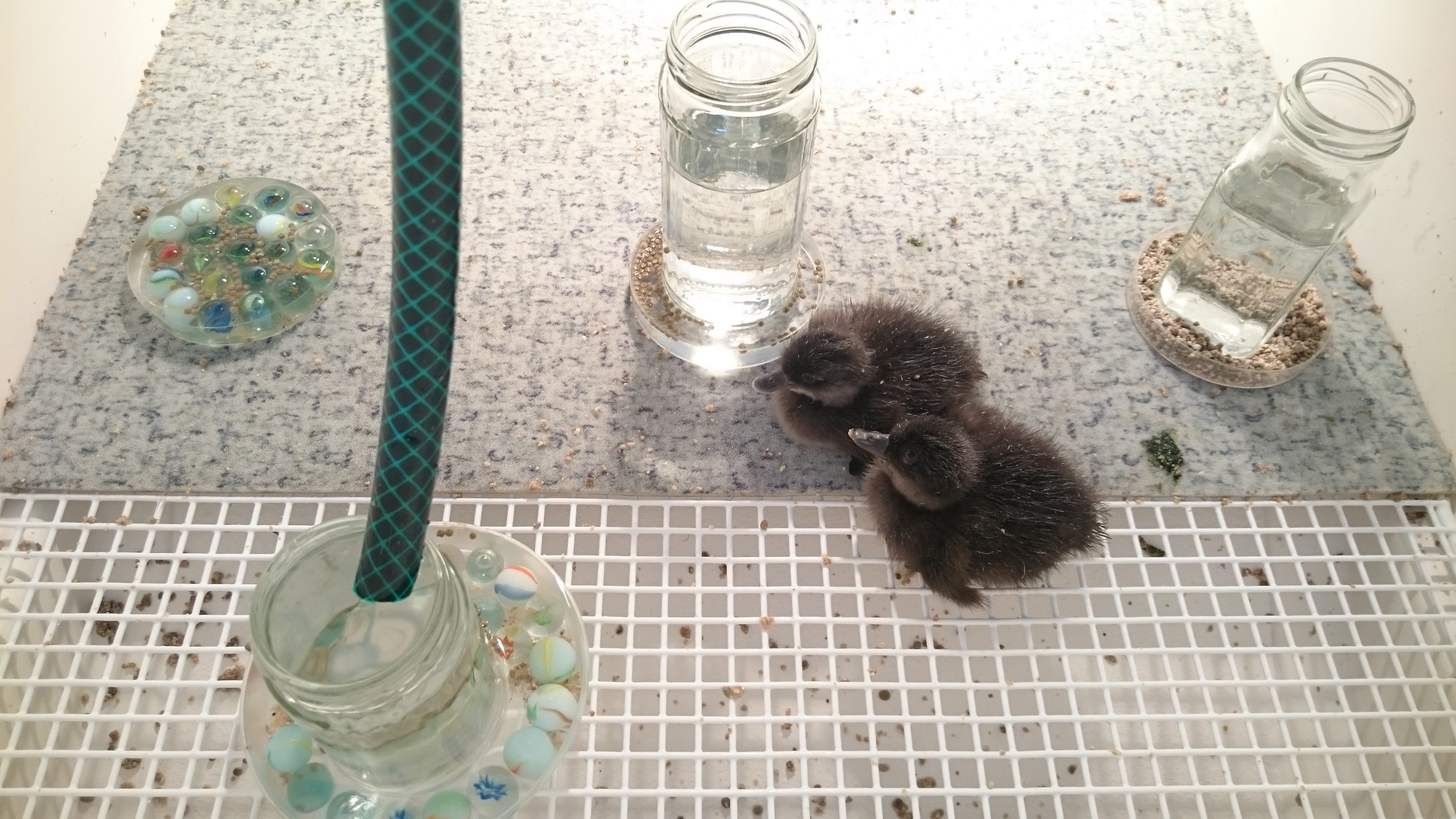
The setup above is our favourite for delicate seaducks and sawbills. It's all about reflections, stimulation and soft edges. These birds are designed to get soggy but not sticky, and so we want the food to be available but constantly refreshed. You can see already that the first bird is at the front, and much larger than the second. The second would have used up far more energy in the difficult hatching process, and this showed in the weights, with the first only decreasing for 1 day before putting on weight and the second decreasing for 3. Whilst there was always a size difference in the early weeks, the second loved its grub and its surroundings, and we finally relaxed.
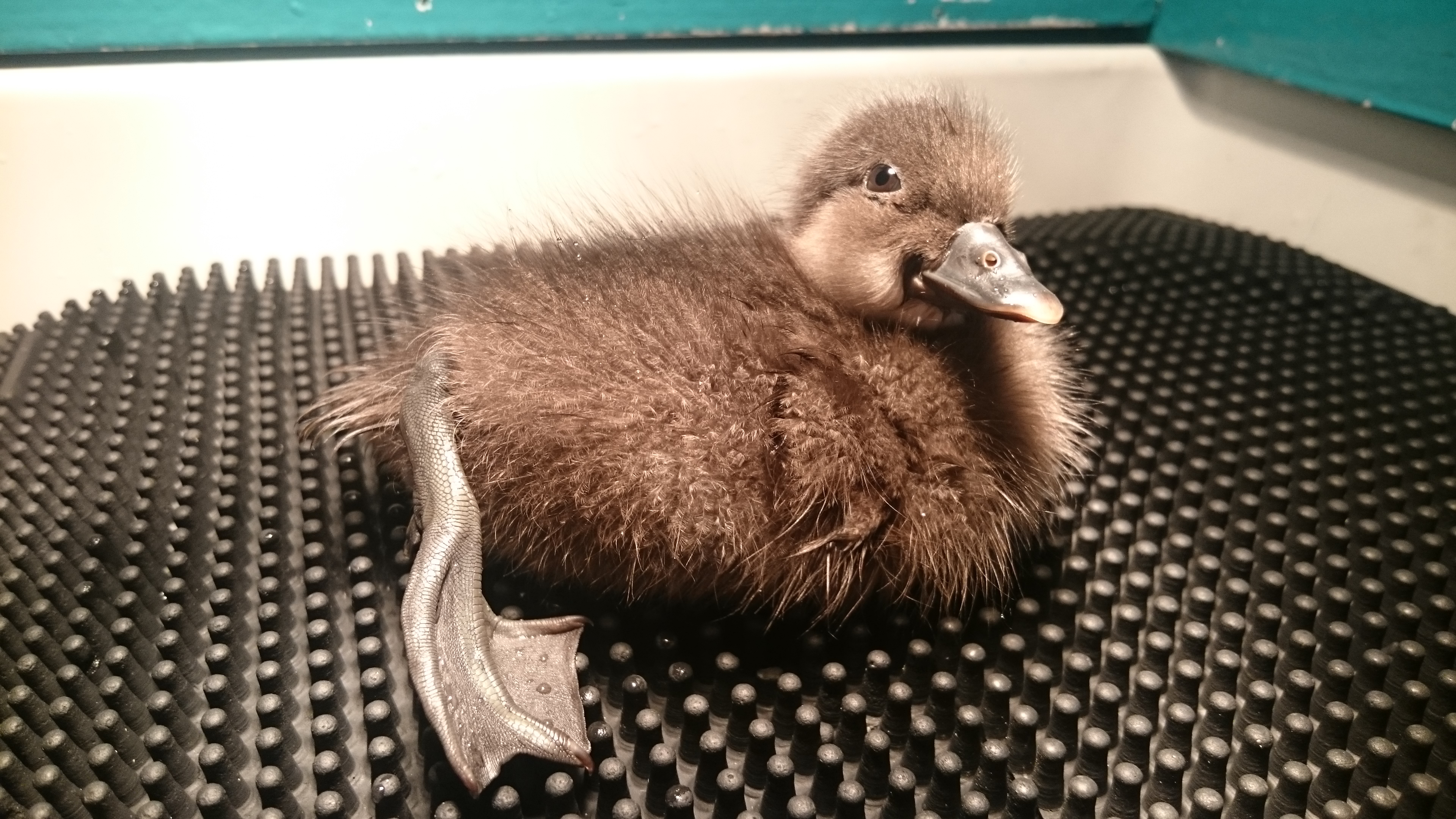
In fact, they began to be a couple of show offs. They had no interest in being humanised but maybe the presence of video cameras at their hatch had desensitised them to lenses! I took regular photos to send to my colleagues at Arundel, and they really didn't mind. We graduated them in their 4th day into our mini deep diving tank, and outside into the big deep diving tank at 14 days. It seems ridiculously early, but these guys grow ridiculously fast!
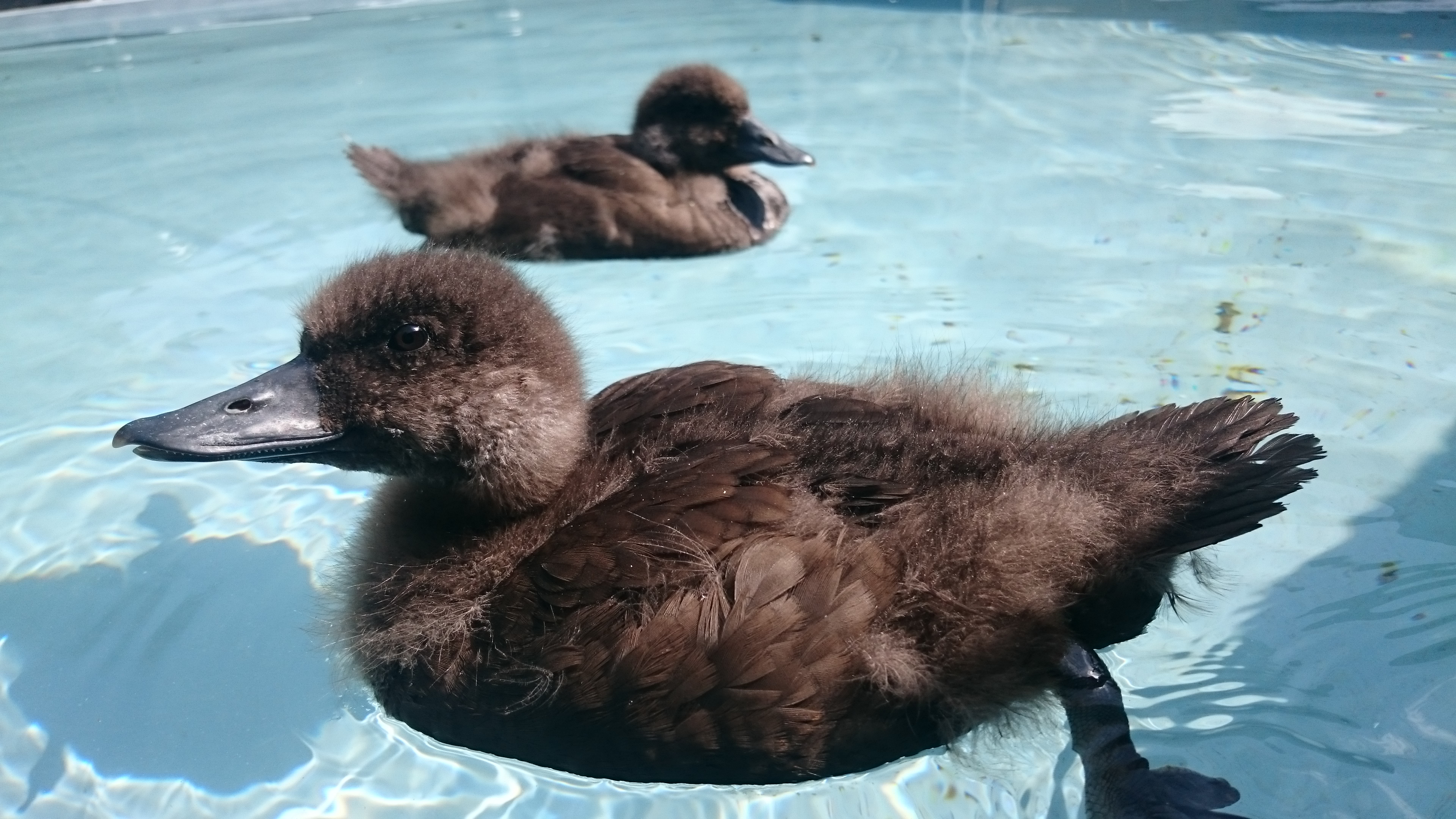
The time span between hatching and the photo above is just 28 July to the 24th August. In under 1 month they are feathering. They have been graduating between food stuffs at a weekly rate, from lundi micro to lundi regular, to a mix of mazuri seaduck. They are diving constantly and preening constantly; getting that plumage waterproofed asap.
As with all arctic seaducks (to include harlequin and longtail) the scoters needed stimulation, and if at any point we had lagged behind and not graduated them to the appropriate step this would have been very stressful for them. The birds love our freshwater tanks, but even after a few weeks they are itching to move on. And so, just 2 months after hatch, on the 18th of September, the birds were delivered back to the Arundel centre. We'd never dream of moving any other kind of bird at such a young age, but these guys aren't just any other bird...
The photo below was sent to me by my colleague Sam Halpin just last week. Early November shows our baby scoters to be far from baby faced... The pair were sexed as 1 = male and 2 = female, and Sam and I have dubbed them Samuel and Samantha because they couldn't have asked for a more dedicated mum. Samantha is shown here on the right, and she's just as strong and strapping as her brother, with great posture and plumage. We'd never normally name our birds, and these two will probably mingle in with the adults in time and never know how much they were loved, but sometimes it is a symptom of motivation in the team. I look forward to seeing these two fight the fight for the value of the common scoter for years to come :)
